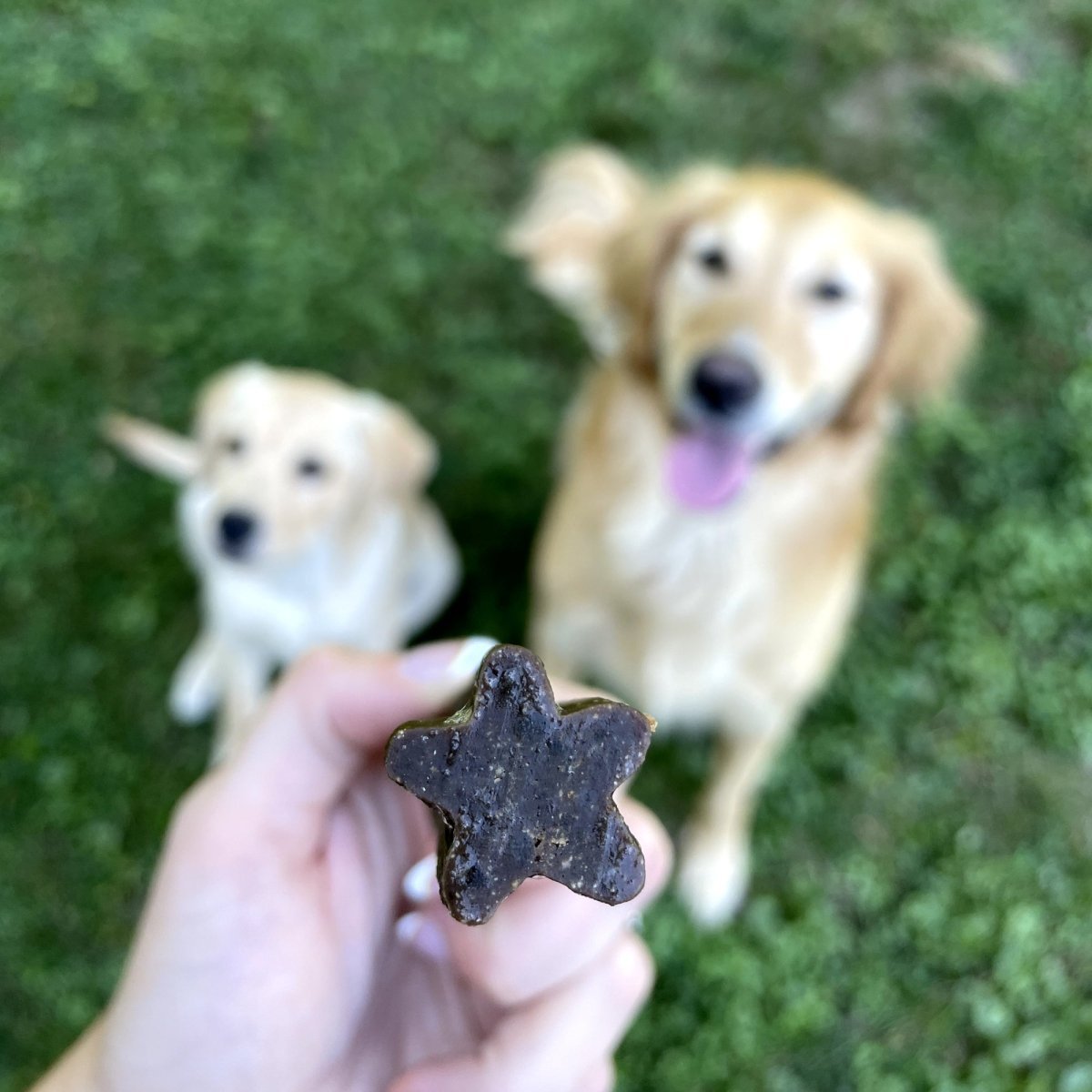
As more and more pet owners search for treats and chews that their pets will enjoy and are good for them at the same time, the debate between two popular types of dog treats is raised once again. Which is better – bully sticks or rawhide? A more in-depth look at bully sticks vs. rawhide may help to make the decision easier when you're looking at both in the aisles of your local pet supply store.
Rawhide: The Pros and Cons
Rawhide chews or sticks are extremely popular among dog owners because of the large range of sizes available for both puppies and larger dogs, the shape options ranging from bones to twists, sticks and ties, and the variety of flavors, including chicken, beef, lamb, and duck.
With that said, the biggest appeal of rawhide is how affordable they are. Available both individually and in bulk, rawhide dog treats can cost less than a dollar apiece, while lasting for weeks and sometimes even months at a time. Though most rawhide chews are considered suitable for dogs both small and large, compressed rawhide, on the other hand, is generally reserved for smaller breeds as it can become a choking hazard for larger dogs when they attempt to swallow pieces of it whole.
Rawhide dog treats are often criticized for several different reasons, such as the choking hazard they can present if broken into smaller pieces through use. Another problem is the inability of most dogs to actually digest the rawhide; instead the rawhide passes through their digestive tract where it can cause damage or a blockage to their stomachs if there are sharp edges. Because of this, more and more dog owners are turning to dog treats that don't present a choking hazard and that can be digested by their pets as they would their food.
Another criticism of rawhide treats for dogs relates to the chemical washes used to create their shape and texture. Rawhide is created by splitting the hide or skin of the animal that has not been exposed to tanning, and is then processed with several different harsh chemical washes. Many dog owners are turning away from chews that use chemical washes in search of natural treats and chews.
Bully Sticks: The Pros and Cons
With the panic caused by contaminated pet food in 2007, a huge demand grew for all-natural dog chews and treats. Because of that, bully sticks have grown in popularity with pet owners all over the country in search of dog treats that they feel comfortable with and that their dogs will enjoy.
Unlike rawhide treats, bully sticks are made from the pizzle of the bull, not the hide, allowing for it to be digested and processed by the dog as it would their food instead of passing it through their system like rawhide. Much like rawhide, bully sticks are available in numerous sizes, from just a few inches for smaller breeds to a foot long for larger dogs, as well as different styles, including braided bully sticks and curly bully sticks as a way to work the teeth and jaw muscles.
Much like rawhide treats, bully sticks can last from a few days to a few weeks, depending on the size of the treat given to the dog and their chewing power. While with larger breeds and rawhide you have to be wary of the choking hazard from broken pieces, bully sticks are highly digestible by breeds both large and small.
Bully Sticks vs. Rawhide: Which One Should You Choose?
When comparing bully sticks vs. rawhide, which is better for your dog? While technically neither choice is incorrect, the trend of dog treats and chews seems to be moving more towards bully sticks because of their status as an all-natural treat that is highly digestible without use of harsh chemicals. With plenty of sizes and styles to suit every type of dog, bully sticks are taking the place of rawhide on the aisles of pet supply stores around the country.
Comments will be approved before showing up.

Dental chews keep plaque in check and gums strong. Read here to learn about nature's toothbrush!

Single-ingredient dog chews and treats are crafted using only one whole food source!

Check out our guide on different types of chews to help you decide on the best chew for your dog!